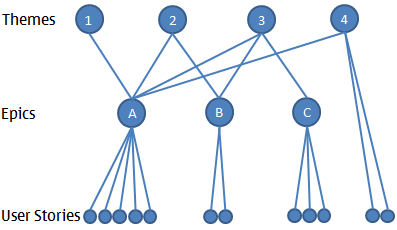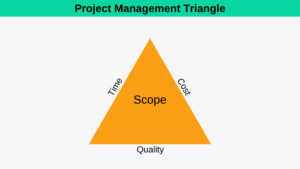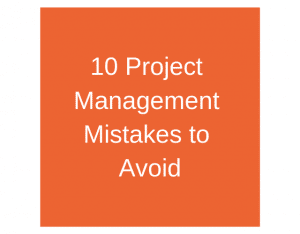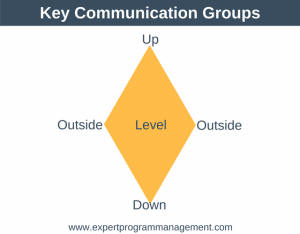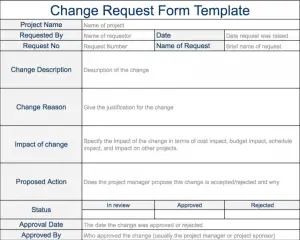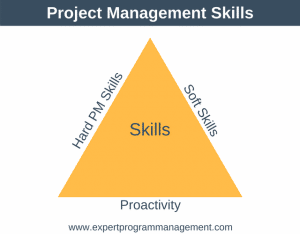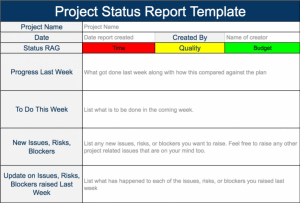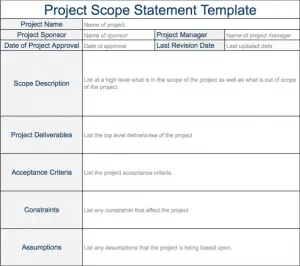The current program I’m managing involves a large software component, and I’ve recently been getting confused about the difference between Agile Themes, Epics, and User Stories. Because of this I found myself scouring the Internet to understand the difference, and have summarized the difference below, starting with the broadest level and working down.
Themes
These are the broadest level, and describe an area of focus. A Theme is something which would commonly be discussed at the program or project level. An example of a theme might be to improve usability or to launch in China. Themes allow you to prioritize at the highest level, and may span a number of projects and products. By assigning a financial value to Themes, managers can ensure the highest value is being delivered and that the project/program is aligned with its objectives and the strategic direction of the organization.
Epics
An Epic is a group of related User Stories. They simply provide a mechanism of grouping related user stories together that would be unwieldy to manage otherwise. In our example above to improve usability we might have epics to “smooth user registration”, “improve search”, and “put most useful information at the top of the screen”.
Because Epics are simply a container or holder, and Themes are similar it’s easy to see where my initial confusion came from. My way of understanding the difference is: Epics are simply a collection of related User Stories, whereas Themes are broad areas of focus with an associated business value.
User Stories
You can think of User Stories as being individual requirements which are small enough to estimate. A common acronym for understand the characteristics of user stories is that they should be INVEST: Independent, Negotiable, Valuable, Estimable, Small, and Testable. They usually follow the simple template below:
- As a <type of user>, I want <some goal> so that <some reason>.
So, for example, our Epic to smooth user registration might contain the following story, amongst others:
- As a new user I want to register using a single button press using my Facebook credentials to make registration easy compared to the 8 fields I currently need to enter.
Summary
As described above you can see that User Stories are the smallest unit, Epics are larger, and Themes are larger again. If you’re from a project management background, you can probably see that the breakdown of Themes, Epics, and User Stories is similar to that of a Work Breakdown Structure.
They say a picture is worth a thousand words and I think the diagram below nicely shows the relationship between Themes, Epics, and User Stories:
I hope that you found this article useful. If you would like to more about working in this way see our other articles below and don’t forget to sign up to the EPM newsletter for regular advice, tips and information that will help develop your project or programme management skills.
